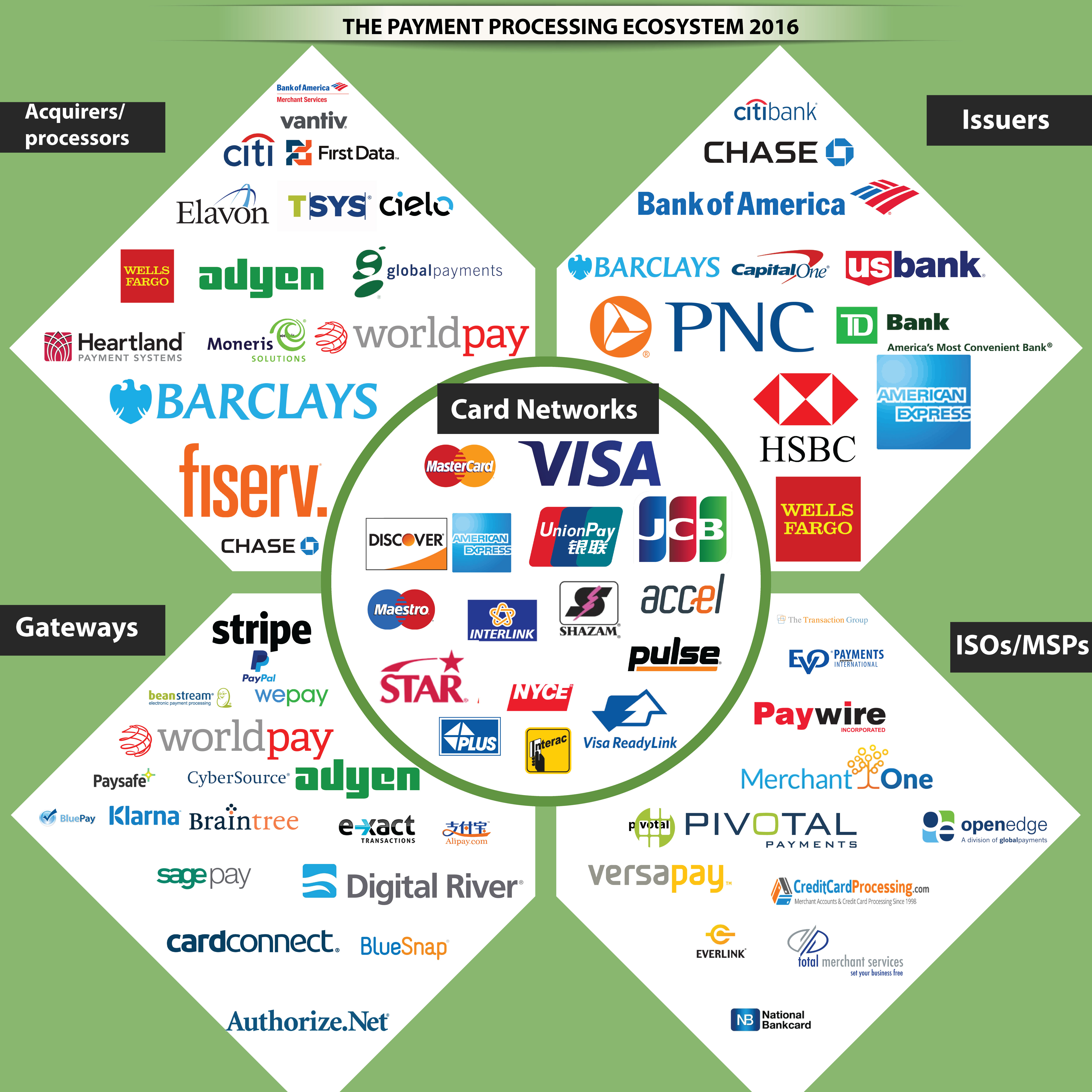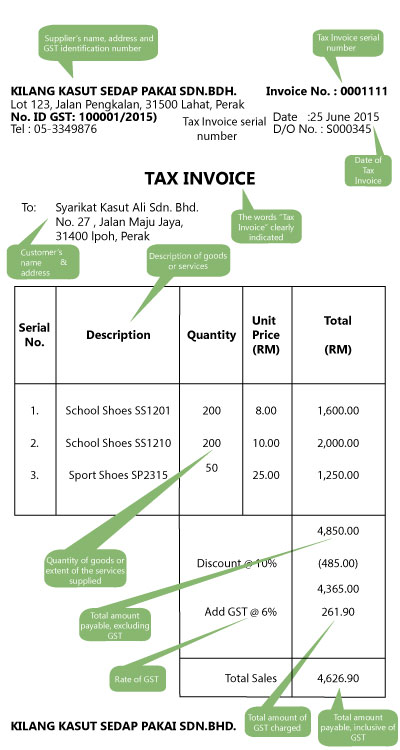Mastering payments can be tricky, especially when it comes to collecting them. There are a number of ways to ensure that you get paid from clients in a timely manner. Though there isn’t a magic formula for wanting to get paid quickly and actually having that happen, here are some tips worth trying to make clients pay you faster.
Table of Contents
Toggle1. Give a heads up.
If your line of work lends itself to face-to-face interaction or any type of real-time call with the client, think about sliding a reminder into the conversation about upcoming steps. Say something like “once we finish XYZ, I’ll send you the invoice and then we’ll proceed with the rest of the project.” You can do the same thing before the project is complete if you happen to charge that way. It’s something you can slide into the end of a conversation or bake into the steps as an informal reminder. This can even be done via email.
2. Have multiple options for receiving payment.
Sometimes, a client’s delay in payment isn’t a character flaw on their part, but rather an oversight on your end. Ease and convenience are very important when it comes to making payments. If the process is hard for them to carry out, it can slow down how fast they pay you. It can also be a deal breaker for doing future business with you.
Credit card expert and author of The Debt Escape Plan Beverly Harzog points out that “Accepting credit cards gives your customers spending flexibility.” If cash flow is tight for them when payment is due, allowing them to make a payment with a credit card can help them pay you promptly.

Make it as easy as possible to get paid by accepting multiple forms of payment. It gives clients options. You might even want to remind them verbally regarding the types of cards you accept so they can hear their options out loud.
3. Explain everything regarding payments from the start.
If you use a proposed timeline, you can embed payment dates right into the agreement. It’s a way to explain everything upfront and have the person agree in writing. It also shows that you have a set process for handling payments that you’re explaining from the beginning. It also gently signifies that you mean business.
You can always lean back on that if the person pays late or if worst case scenario, you ever need to take stronger action to ensure you receive your payment. It’s a more official way to make sure that everyone is on the same page.

4. Follow through on the agreement.
You take the time to come up with an agreement in the first place. Right? You officially put it in writing and have everyone involved sign the agreement, so be sure to follow through on your end. If you outline payment terms, be sure to stick to those terms religiously. Sometimes things get thrown off, but you don’t want to layout a timeline that you can’t even follow yourself.
If you mapped out a payment schedule with exact dates, be sure to send the invoice on that date. If you said you would need a 50% deposit upfront before work even begins, then be sure you do just that.
5. Reward good payment behavior.
I once wrote for a site that offered faster payment for lower compensation. I declined. That wasn’t an incentive I was interested in. If you’re trying to create an incentive to entice people to pay you faster, think about what the client would want. You can informally get ideas in a Facebook group if you’re asking people in the same niche as you. Figure out what your client would like and use rewards that may entice them to pay you faster.
If you’re a graphic designer, maybe you give the client a free favicon with their package. If you’re a photographer, maybe they can get a discount if they pay a lump sum upfront. This would work well for projects where the scope of work is already completely fleshed out. Just make sure that you have clearly defined parameters and are willing to say no or explain how you would have to charge more if you’re asked to do something extra that falls outside of the work agreement.
For those who work with clients on a regular basis, maybe they can receive a small percentage off if they pay you on the same day that they receive their invoice. You could also informally reinforce their positive payment behavior by sending them some sort of freebie or a thoughtful gift to show your appreciation here and there.
The Bottom Line
Getting paid in a timely manner doesn’t always have to be so hard. It also doesn’t have to feel like a constant, uphill battle. Implement some of these tips to get a better grasp on corralling up payments in a timely manner. It will help you better stabilize your cash flow and spend more time on the actual work than the bookkeeping aspect of your business.














